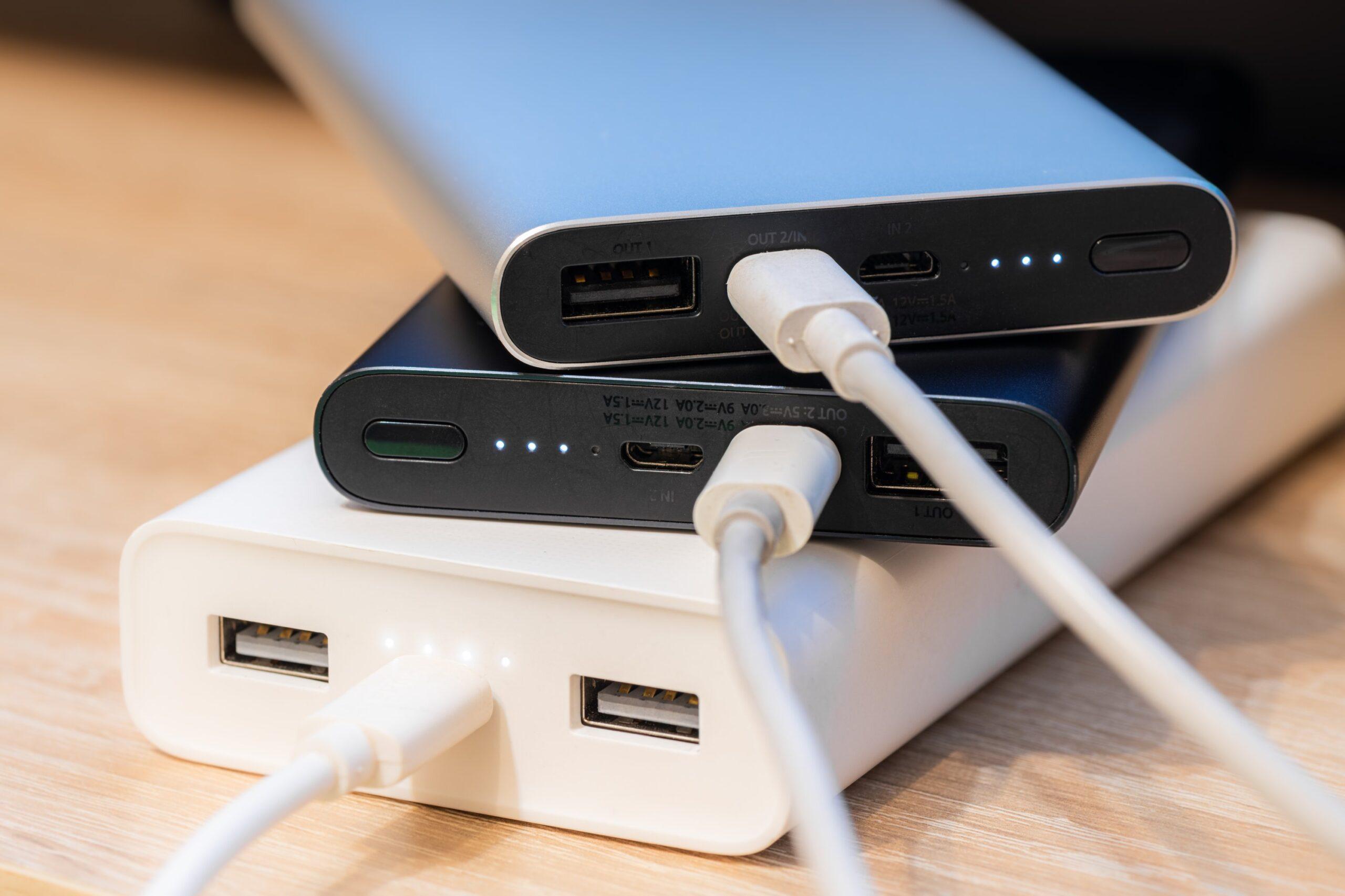In today’s fast-paced digital age, our smartphones have become an integral part of our lives. From work to entertainment, we rely on these devices to stay connected. However, one common issue that many users face is battery drain, especially when on the go. This is where power banks come in. These portable chargers have revolutionized the way we use our smartphones, ensuring that we never run out of juice.

Understanding Power Banks
A power bank is a portable battery pack that can recharge your smartphone, tablet, or other electronic devices. It typically consists of a lithium-ion battery, a charging circuit, and a set of input and output ports. To use a power bank, you simply connect your device to the power bank using a suitable cable.
Key Features to Consider
When choosing a power bank, there are a few key factors to consider:
- Capacity: Measured in milliampere-hours (mAh), the capacity determines how much power the power bank can store. A higher capacity means longer charging time for your device.
- Input and Output Ports: Most power banks have a micro-USB input port for charging the power bank itself and one or more USB output ports for charging your devices. Some newer power banks also support USB-C and even wireless charging.
- Power Delivery (PD): This feature allows for faster charging speeds, especially for devices that support PD.
- Quick Charge: This technology enables faster charging times, reducing the time it takes to fully charge your device.
- Size and Weight: Consider the size and weight of the power bank, especially if you plan to carry it with you frequently. A smaller and lighter power bank is more convenient for portability.
- Build Quality and Durability: A well-built power bank can withstand daily wear and tear. Look for durable materials and sturdy construction.
Benefits of Using a Power Bank
- Extended Battery Life: Power banks can significantly extend the battery life of your smartphone, ensuring that you stay connected throughout the day.
- Emergency Power: They can be a lifesaver in emergency situations, such as when you’re stranded without a power outlet.
- Increased Productivity: By keeping your devices charged, power banks can help you stay productive, especially when you’re on the go.
- Versatility: Power banks can be used to charge a variety of devices, including smartphones, tablets, wireless headphones, and even other power banks.
Tips for Using a Power Bank
- Choose the Right Capacity: Select a power bank with a capacity that suits your needs. For occasional use, a smaller capacity may suffice, while for frequent travelers, a higher capacity is ideal.
- Charge Your Power Bank Regularly: Keep your power bank charged to avoid running out of power when you need it most.
- Use the Right Cable: Ensure that you have the correct cable to connect your device to the power bank.
- Store Properly: Store your power bank in a cool, dry place to maintain its battery health.
- Avoid Overcharging: Overcharging can damage the battery, so unplug your power bank once it’s fully charged.
Conclusion
Power banks have become essential accessories for modern-day smartphone users. By understanding their features, benefits, and proper usage, you can maximize their potential and ensure that your devices are always powered up. Whether you’re a frequent traveler, a busy professional, or simply someone who wants to stay connected, a power bank is a valuable investment that can enhance your mobile experience.

